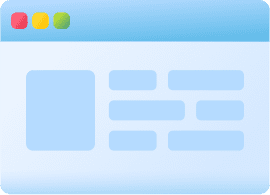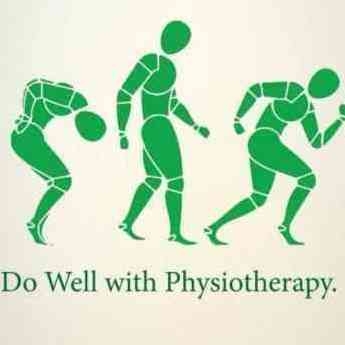+918042754929
Recently updated about

This is your website preview.
Currently it only shows your basic business info. Start adding relevant business details such as description, images and products or services to gain your customers attention by using Boost 360 android app / iOS App / web portal.
#TRAPEZIUS_MUSCLE (TRAP) ●●●●●●●●●●●●●●●●●●●●●●●●●●●●●●● [ANATOMY, FUNCTION AND PATHOLOGY] ●●●●●●●●●●●●●●●●●●●●●●●●●●●●●●●The TRAP is one of the largest superficial muscles that extend longitudinally from the occipital bone to the lower thoracic vertebrae and laterally to the spine of the scapula. Its functions are to move the scapulae and support the arm. ⠀ The TRAP has three functional regions: the superior region (descending/upper part), which elevates the scapula, the intermediate region (transverse/middle part), which retracts the scapulae and the inferior region (ascending/lower part), which depresses the scapulae. ⠀ This muscle tends to develop too much tension for postural reasons, such as forward head posture (where it has to work overtime to stabilise the head and neck due to poor alignment). Other reasons include poor breathing patterns (shallow neck breathing all day) and it’s role to stabilize the scapula when the arm is abducted and/or flexed. ⠀ TRAP muscle trigger points can lead to referred pain in the shoulder region and head as you can see on the red marked zones in the picture. They also can initiate trigger points in the jaw joint muscles. Additionally, the muscle can cause bio mechanical problems in the cervical and thoracic spine. ⠀ The TRAP is innervated by the accessory nerve (Cranial nerve XI) which is content of the jugular foramen, where the accessory nerve can get compressed or entrapped. If so, it can lead to hypertension in the trapezius. That's why it is very important to treat (release) this foramen to give the nerve enough space to work properly.

 +918042754929
+918042754929